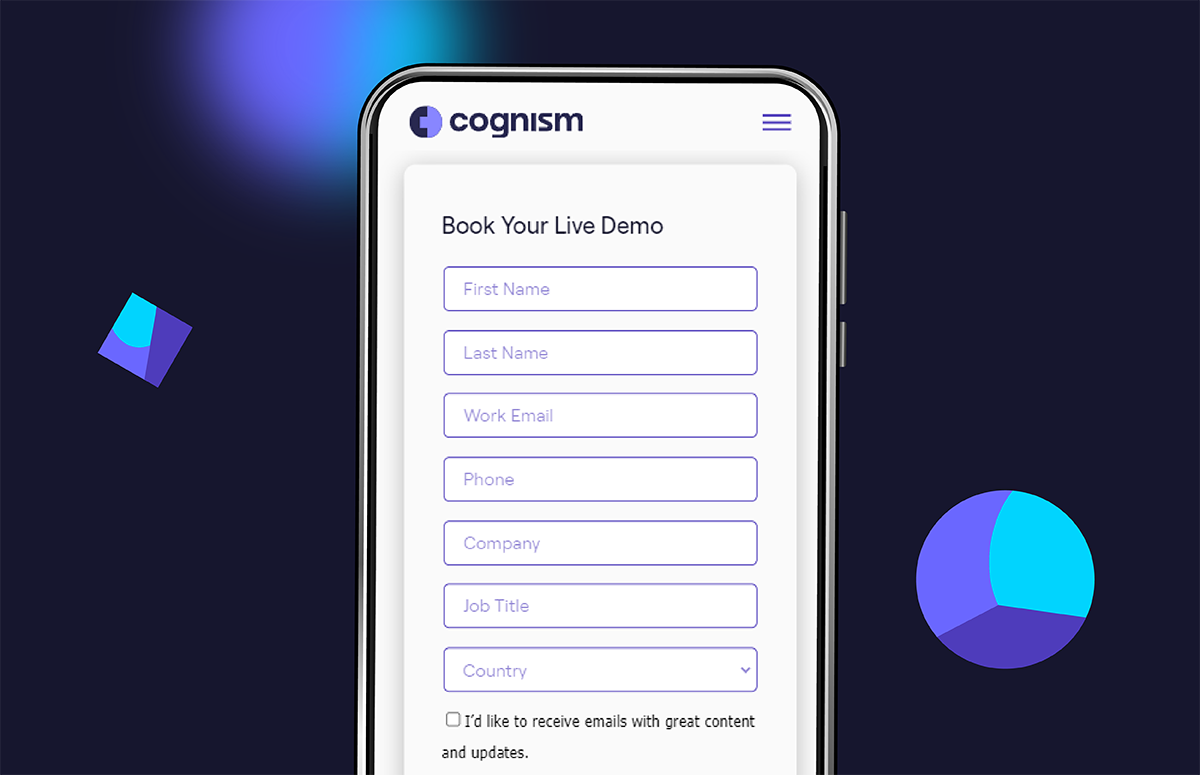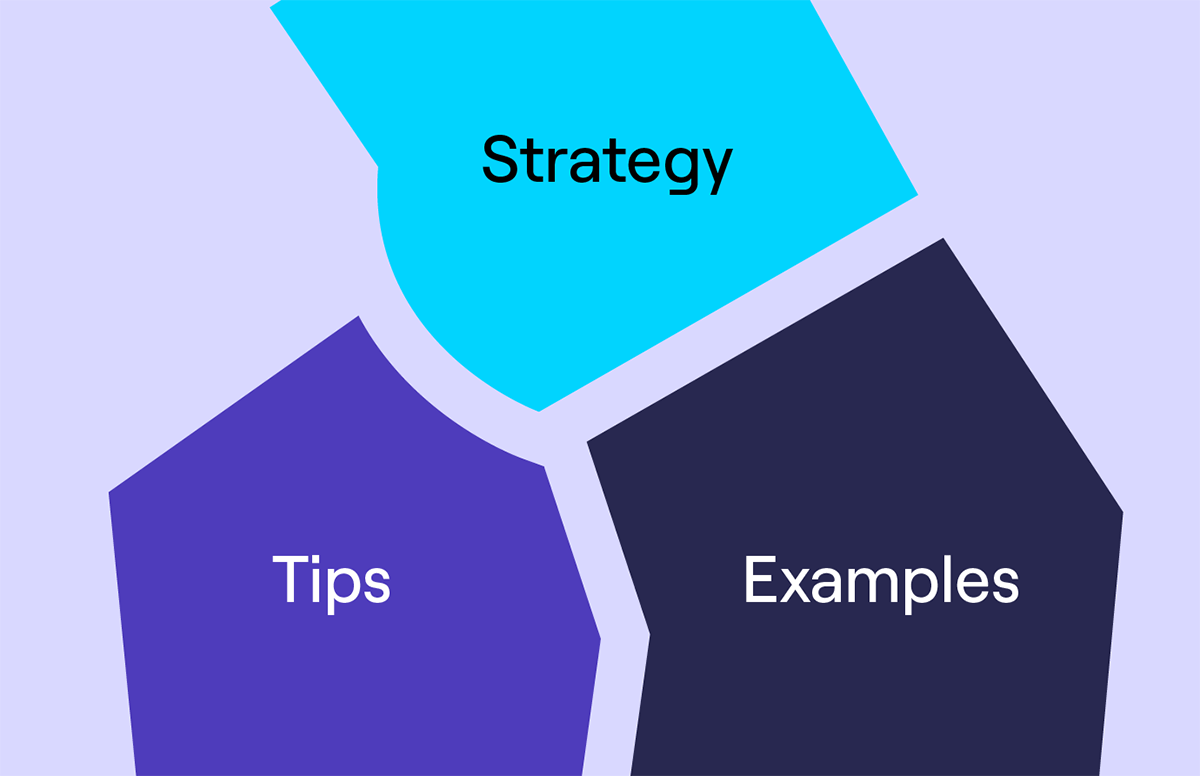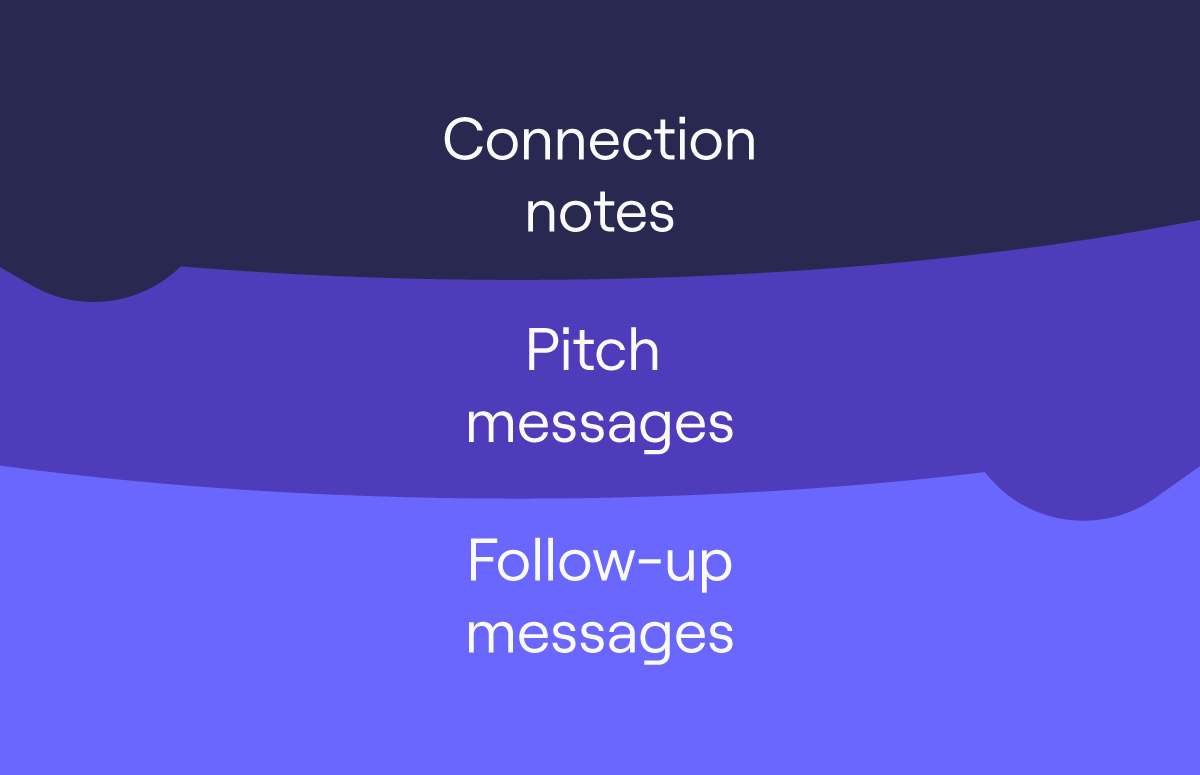What is Email Marketing Automation? Complete Strategic Guide
Rescue your team from drowning in a sea of emails with the game changer that is email marketing automation.
While email communication is essential, it can drain marketing team productivity.
In this article, we’ll unravel the world of email marketing automation, outline strategies to streamline workflows and explore tools to boost efficiency across your teams.
Let’s get started 👇
What is email marketing automation?
Email automation is a method of creating and sending automated messages using a marketing automation tool to ensure that the right people receive the right message at the right time without the need for manual effort.
For instance, email automation allows you to set up predefined workflows and triggers instead of manually sending individual emails. You can effortlessly send personalised and targeted messages to specific segments of your audience based on predefined criteria or user actions.
Why email marketing automation?
Automated emails result in a 320% increase in revenue compared to non-automated emails.
So, it’s unsurprising that email automation is a must-have tool for marketing teams.
But this isn’t the only benefit of marketing email automation. Let’s review ten benefits before we jump into the nitty-gritty:
1. Time efficiency
Automation reduces the manual effort involved in sending emails and executing email campaigns. Once set up, automated workflows can handle repetitive tasks, allowing you to focus on strategy and creativity.
2. Personalisation
Email automation marketing assists teams in setting up highly personalised and targeted communication. You can segment your email lists based on various criteria, ensuring each recipient receives content relevant to their preferences, behaviour, or stage in the customer journey.
3. Timely and relevant messaging
Send triggered marketing emails based on specific user actions or events. This ensures recipients receive messages at optimal times, such as when they’re ready to take action or have shown intent to buy.
This timeliness enhances the relevance of your content and increases the likelihood of your users’ engagement.
4. Lead nurturing
Automated drip campaigns are effective for lead nurturing. You can guide leads through the sales funnel by delivering a series of pre-scheduled emails over time. All this happens while you are providing valuable information and building customer relationships.
5. Increased conversions
Personalised and timely communication and the ability to nurture leads contribute to higher conversion rates. This is possible because email marketing automation tools let you send targeted messages that address individual recipients’ specific needs and interests.
6. Data-driven insights
Email marketing automation platforms provide robust analytics and reporting features. Teams can track the performance of email campaigns, analyse user behaviour, and gain valuable insights.
This data-driven approach helps in refining B2B marketing strategies and optimising future campaigns.
7. Consistency across campaigns
Automation email marketing ensures consistency in messaging and branding across various campaigns. This is particularly valuable for businesses managing multiple marketing channels and touchpoints.
8. Cross-channel integration
Many email marketing automation tools integrate with other marketing channels and platforms, providing a seamless experience across the entire marketing ecosystem.
9. Scalability
Email automation is scalable, making it suitable for businesses of all sizes. Whether a small startup or a large enterprise, you can tailor your email marketing automation to meet your specific needs and grow alongside your business.
10. Cost-effective
While there may be initial setup costs, the long-term efficiency gains and improved results make email marketing automation a cost-effective solution. It allows you to achieve more with fewer resources.
7 steps to building an email marketing automation strategy
Your email marketing automation tool won’t do all the work for you. Before you start building and testing your automated workflows, you must know the objectives and logic of your email sequences.
Review these seven steps to build effective email marketing automation strategies tailored to your business:
1. Define your goals and outline objectives
Start by clearly stating your goals. Whether you aim to increase conversions, nurture leads, or boost engagement, clearly understanding your objectives is the foundational step in building a successful email marketing automation strategy.
Defining these goals establishes a roadmap guiding the entire automation process. You’ll also ensure that your efforts align with your business objectives.
You might find project management tools helpful with this step.
2. Segment your email list
A deep understanding of your audience will result in better personalisation. Dive deeper into audience segmentation by examining demographics, user behaviour, or preferences.
Segmenting your prospecting list allows you to tailor your automated messages, increasing the relevance of your emails with specific segments of your audience.
This targeted approach enhances the effectiveness of your campaigns and fosters a more meaningful connection with your recipients.
What’s more, when you segment your email lists, you can also enrich them with a tool like Cognism to ensure all your data is up to date - leading to fewer bounces and a higher email reputation.
Just ask Plandek, who gained a consistent 95% email deliverability rate using Cognism. They said:
“We had an initial database of around 10,000 contacts, which we enriched using Cognism to leave us with 8,500 contacts with the correct contact information, and got rid of the other rubbish. So we’d see that as an 85% improvement in data quality and enrichment.”
“With other software we trialled, they all looked great on the surface, but I’d search for employees of my company, and there’d be three of me, for example, and the details were also incorrect. So straight away, we could see the difference.”
“We were offered a lot of add-ons, but the one thing that we needed was reliable data. You can add on so many things, but if the data is not up to date and high quality, it defeats the whole purpose.”
3. Select a robust email automation tool
The backbone of your email marketing automation lies in the tools you choose. When choosing a platform you’ll work on, look for features such as flexible workflow design, customisation options, and seamless integration capabilities.
Use the following checklist if you’re looking for an advanced tool for even the most sophisticated email marketing automation workflow:
- Pre-built email templates.
- Forms and landing pages.
- Email scheduling.
- A/B testing.
- Automated customer journeys.
- Send time optimisation.
- Dynamic content.
- Advanced segmentation.
- Reporting.
- Advanced personalisation options.
The right tools empower you to execute your email automation strategy seamlessly, allowing for efficient management and optimisation of your campaigns.
4. Create a customer journey map
Develop a comprehensive buyer journey map that spans from initial awareness to conversion. It’s like putting yourself in your customer’s shoes and thinking of the steps they have to take before they click the “Buy” button or contact your sales team.
First, identify key touchpoints where automated emails can add significant value and guide your leads through the sales funnel.
Let’s check an example of this approach. Users visiting your website submit their email addresses via a form you’ve added to a landing page. But they most likely won’t make a purchase straight away. So how can you convince them to buy?
Show the benefits of your products and explain how they can solve your customers’ challenges.
How should you plan this exercise in practice? You need pen and paper — jot down ideas, draw arrows leading from one event to another, map triggers — it’s a visual representation of your customer experience.
The exercise will help you strategically position automated emails at critical stages of your customer journey, and, as a result, you’ll nurture and move leads towards conversion.
5. Craft compelling and relevant messages
In this next step, write a series of nurture emails that you’ll later add to your email marketing automation software workflows.
When creating email content, make sure the emails aren’t just informative but also compelling for users. Get their attention first with a powerful hook or exciting email subject line.
Using up-to-date statistics about your products or user challenges and posing a question at the beginning of your email can be an excellent way to get their attention.
When writing your emails, focus on the different stages at which your email subscribers would receive your emails. You’ll write different emails with a different CTA for active and inactive subscribers, subscribers who’ve visited your checkout page and those who’ve checked one of the product pages.
6. Set up automated workflows
Once you have finished writing your series of emails, add them to your email marketing automation software. Start with building automation workflows based on trigger events such as sign-ups, purchases, or specific user actions directly in the platform.
Most platforms will let you do it with a drag-and-drop editor, which makes the whole process of creating a workflow a piece of cake.
Automated workflows ensure that your emails are delivered at the right moments, creating a seamless experience for your audience as they progress through the buyer journey.
7. Test and optimise
Implement a continuous improvement mindset by regularly conducting A/B testing for elements like subject lines, content, and CTAs within your marketing automation emails.
Don’t want to do it manually and have limited time? Most marketing automation platforms have AI features; don’t be afraid to use them!
Before performing an A/B test, understand how you will read and interpret email reports. Use the data-driven results to make informed adjustments, refining your email marketing automation strategy for enhanced effectiveness and impact over time.
The best email automation software for better marketing
You’ve already learned how to set up email marketing workflows. But what tool is the best for the job?
Let’s review the most important email automation software both small and large businesses use for creating automated workflows.
1. Cognism
Cognism is a fantastic marketing tool for connecting with prospects at the right time. Not only is the B2B data GDPR and CCPA compliant, but it verifies email addresses to increase deliverability and lower bounce rates.
You can use this tool to track marketing and sales triggers across industries, monitor intent so you can connect with customers when they are looking to buy and enrich and clean lead lists so your marketing campaigns run smoothly.
2. ActiveCampaign
ActiveCampaign goes beyond traditional email marketing tools by integrating features like email marketing, automation, and customer relationship management (CRM).
Unlike standalone platforms, ActiveCampaign provides a comprehensive solution ideal for B2B marketing, sales, and e-commerce teams.
Its versatility doesn’t just stop at email; it fosters cross-team collaboration, ensuring seamless coordination across various organisational functions.
3. Mailchimp
Mailchimp stands out as an advanced email automation tool, empowering users to establish intricate email workflows with the ability to apply sophisticated logic.
With Mailchimp, you can ensure that users receive the right message at precisely the right time. The platform offers a range of marketing triggers, from spending amounts to buying behaviour, allowing for highly personalised and targeted automation.
4. Moosend LTD
Moosend is a user-friendly and uncomplicated email and marketing automation solution that eliminates the need for intricate onboarding processes and allows you to start from day one.
Boasting a library of customisable templates and an intuitive drag-and-drop email editor, Moosend simplifies the email creation process. Enhancing your email campaigns, the platform offers A/B testing for subject lines, allowing you to refine your strategies, and even incorporates AI for this purpose.
Email marketing automation FAQs
Q. What is the difference between email marketing vs marketing automation?
Email marketing involves directly promoting products or services via email through manual or automated processes.
Marketing automation is a comprehensive strategy that uses technology to automate various marketing tasks and workflows, extending beyond emails to include channels like social media and lead generation.
Q. What are some best practices for email marketing automation?
- Divide your email list based on targeted and personalised communication criteria.
- Address recipients by name and tailor content for increased effectiveness.
- Implement automated drip campaigns to nurture leads through the sales funnel.
- Use triggers based on user actions to send relevant follow-up emails.
- Experiment and A/B test campaigns with elements like subject lines and CTAs to optimise email performance.
- Monitor campaign performance for data-driven insights to refine future strategies.
Q. How does email marketing automation work?
Several elements make up marketing automation. Here are the most important ones you should know about:
- Automation starts with subscriber actions, triggering predefined events.
- Trigger events like new subscribers or abandoned carts initiate automated workflows.
- Marketers design sequences of actions and emails based on specific events as part of a workflow design.
- The system automatically sends tailored emails based on triggers and schedules.
Q. How does marketing automation improve email results?
Some essential elements of successful marketing automation strategies include:
- Personalisation enables dynamic content and personalised messaging for more engaging emails.
- Timely engagement automates triggered emails based on user actions for increased conversion chances.
- Efficiency reduces manual efforts, ensuring timely delivery and allowing focus on strategic planning.
- Data-driven marketing provides analytics for monitoring and refining performance-based strategies.
Boost email rates with Cognism
Power your email marketing automation and reach more of your target prospects with quality B2B data.
Cognism provides a global contact database that’s GDPR and CCPA-compliant. You’ll be able to identify and capitalise on new opportunities with quality email addresses and next-level mobile numbers. Plus, with verified emails, you’ll see an increase in email deliverability and your bounce rate will significantly reduce.
Get started today. Click to book a call with one of our data experts 👇


